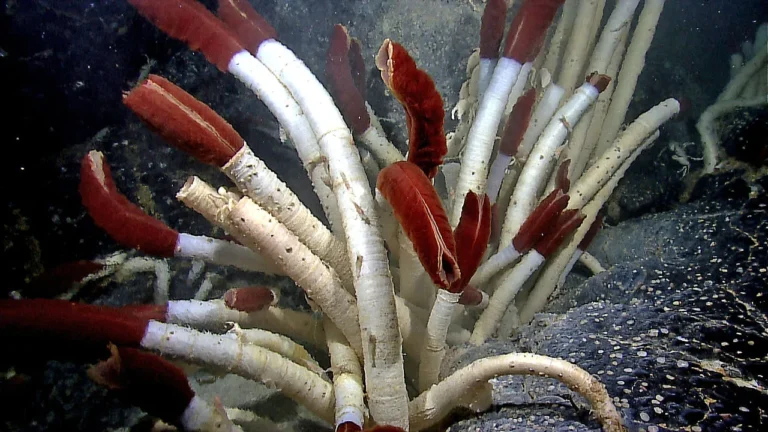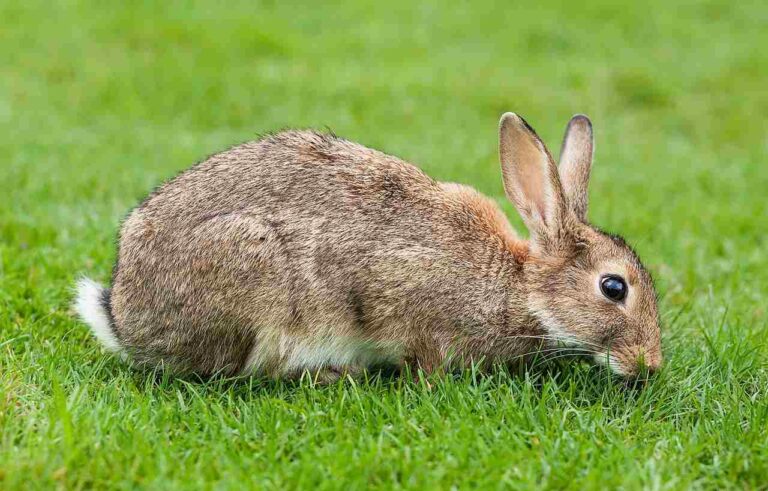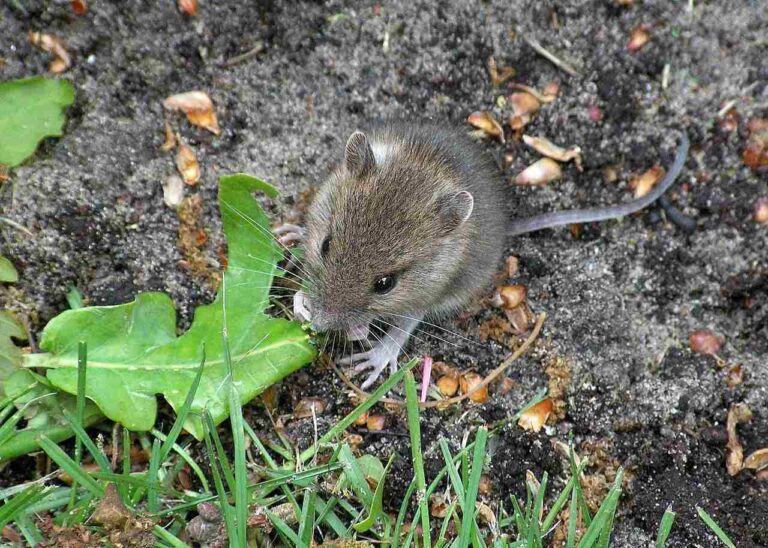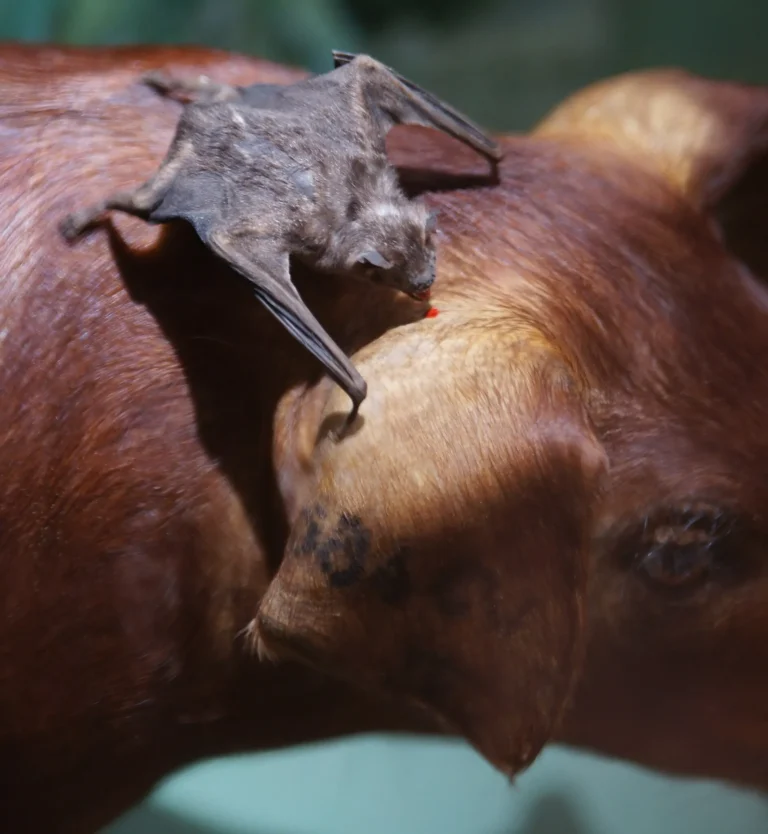How Often Do Sharks Eat? Feeding Frequency of Sharks Analyzed
Sharks have a much lower feeding frequency compared to humans, as they can go for extended periods without food. In fact, some sharks have been observed to go several days, weeks, months, and even more than a year without eating. This is in stark contrast to our typical three meals a day.
The reason for this lies in the fact that sharks are cold-blooded creatures, which means they don’t burn energy as quickly as warm-blooded humans do. As a result, they require fewer meals to sustain themselves. Additionally, sharks have the ability to survive on the energy-conserving liver oil that is stored after they consume a meal.
Why Sharks Do Not Need to Eat Often
1). Large-Meal Intervals
Sharks have the ability to consume large meals at long intervals, which sets them apart from many other animals. These meals are often rich in protein and fats, providing the necessary nutrients for their survival. The large size of their prey allows sharks to obtain a substantial amount of energy in a single feeding session. This ability to consume large meals is advantageous for sharks, as it allows them to go for extended periods without needing to eat again.
One reason why sharks do not need to eat very often is their relatively slow digestion process. After consuming a large meal, sharks can take several days or even weeks to fully digest it. This slow digestion is due to the unique structure and function of their digestive system. The presence of a specialized organ called the spiral valve, along with the high concentration of energy-conserving liver oil, contributes to the efficient breakdown and absorption of nutrients from their meals.
The ability to have large-meal intervals is an adaptation that allows sharks to conserve energy. Unlike warm-blooded animals, sharks are cold-blooded and often inhabit low-temperature environments. As a result, their metabolic rate is lower, and they require less energy to maintain their bodily functions. This lower energy consumption rate, combined with the ability to obtain a substantial amount of energy from infrequent large meals, enables sharks to survive and thrive in their marine habitats.
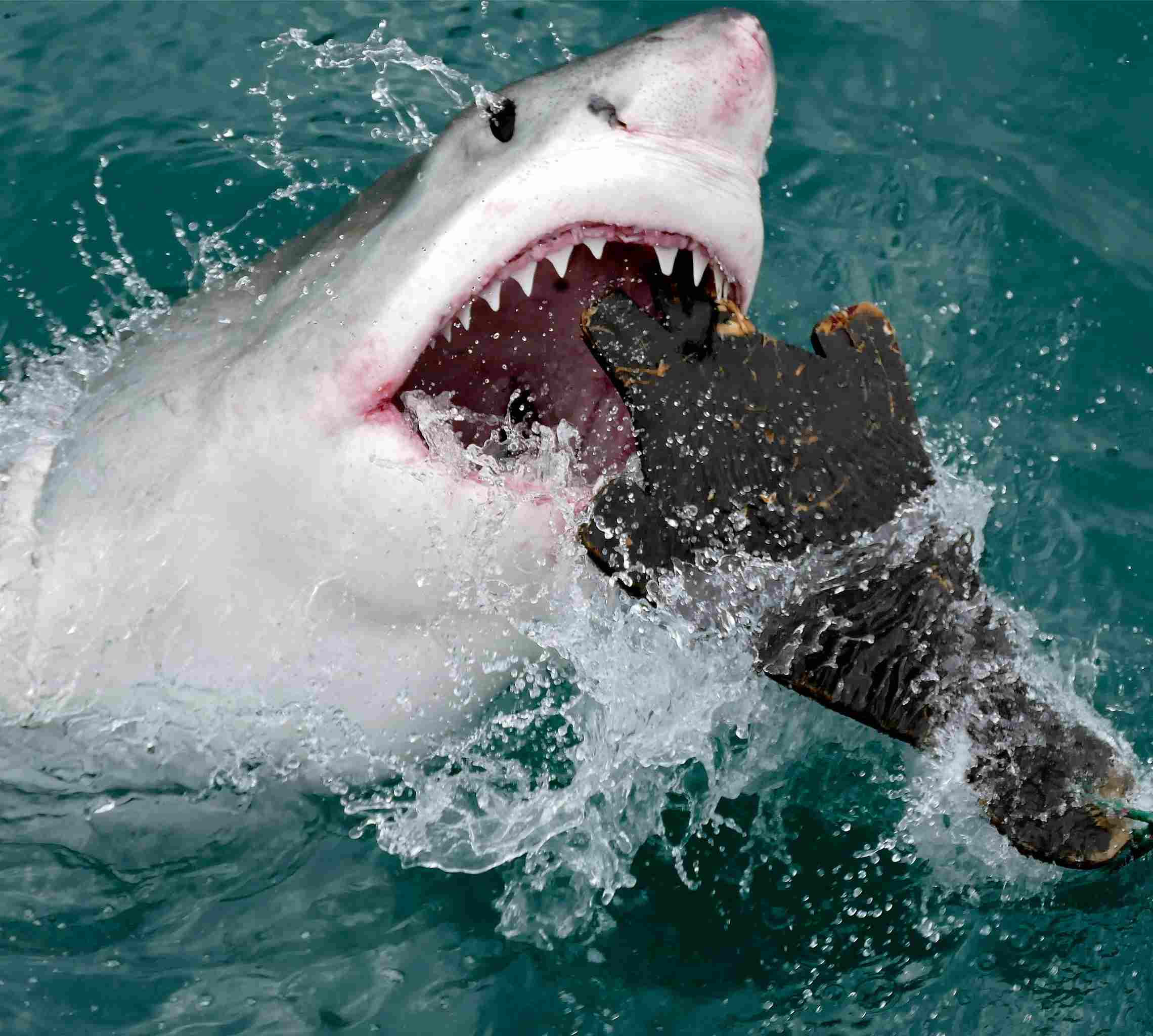
2). Low Energy Consumption Rate
Sharks have a low energy consumption rate, which is one of the reasons why they do not need to eat very often. Being cold-blooded creatures, sharks have adapted to their low-temperature marine environments. Unlike warm-blooded animals, sharks do not need to constantly generate heat to maintain their body temperature. This lower metabolic rate results in a reduced energy requirement for their bodily functions.
The cold-blooded nature of sharks allows them to conserve energy by slowing down their metabolic processes. They have evolved to be efficient in utilizing the energy obtained from their infrequent large meals. By consuming prey that is rich in protein and fats, sharks can obtain a substantial amount of energy in one feeding session. This energy is then utilized over an extended period, allowing them to go without eating for longer durations.
In addition to their low energy consumption rate, sharks have also developed other adaptations to further conserve energy. For example, their streamlined body shape reduces drag in the water, enabling them to swim more efficiently and expend less energy. Sharks also have a unique respiratory system that allows them to extract oxygen more efficiently from the water, minimizing the energy required for respiration.
The combination of a low energy consumption rate, efficient energy utilization, and other energy-saving adaptations enables sharks to thrive in their marine habitats. They have evolved to survive on infrequent large meals, which provides them with the necessary nutrients and energy to sustain their bodily functions. This ability to go for extended periods without needing to eat again is a remarkable adaptation that sets sharks apart from many other animals.
3). Energy-Conserving Liver Oil
Another reason why sharks do not need to eat very often is their energy-conserving liver oil. Sharks have a unique adaptation in the form of a large liver that is filled with oil. This oil, known as squalene, is a dense source of energy that provides sharks with a long-lasting fuel reserve.
The liver of a shark can account for up to 25% of its total body weight, making it one of the largest organs in their bodies. This oil-rich liver acts as a buoyancy aid, helping sharks to maintain their position in the water column. However, it also serves another crucial purpose – providing a concentrated energy source.
Squalene is a type of oil that is rich in lipids, which are essential for energy storage. This oil is metabolized slowly by the shark’s body, allowing it to release energy over an extended period. By having this energy reserve, sharks can go for extended periods without needing to eat again.
The energy-conserving liver oil is especially important for sharks that inhabit areas with limited food availability. It allows them to survive in environments where prey may be scarce or sporadic. By utilizing the energy stored in their liver oil, sharks can endure longer periods without feeding, ensuring their survival in challenging conditions.
How Often Do Great White Sharks Eat?
Great white sharks typically feed at least once every 2 to 3 days, as long as there is food available. However, they are capable of staying without food for several days if they have recently fed on fat-rich prey such as pinnipeds (seals and sea lions) or whale carcasses.
When it comes to smaller prey like fish, great white sharks tend to feed more often, sometimes multiple times daily. This is because their nutrient needs are higher and they require a constant intake of food to meet their energy requirements. In fact, great white sharks eat more frequently compared to many other shark species due to their larger size and higher metabolic rate.
In situations where food is scarce or not readily available, great white sharks can go for over a month without feeding. This ability to endure long periods without food is a result of their energy-conserving liver oil, which provides them with a concentrated energy source. By utilizing the energy stored in their liver oil, great white sharks can survive in environments where prey may be scarce or sporadic.
In terms of the amount of food they consume, great white sharks are true eating machines. In a year, an individual great white shark can consume approximately 11 tons of food. This includes a wide variety of prey, ranging from fish to marine mammals. The specific diet of a great white shark can vary depending on its location and availability of prey.
Overall, great white sharks have a remarkable feeding frequency and can eat a substantial amount of food when it is available. Their ability to adapt to different feeding conditions and survive without food for extended periods is a testament to their remarkable physiology and hunting capabilities.
How Do Sharks Eat?
The feeding process of sharks is a fascinating three-stage process involving grasping, tearing, and swallowing without chewing. Unlike humans and many other animals, sharks do not have the ability to chew their food. Instead, they rely on their sharp, serrated teeth to grasp and tear their prey into manageable pieces. This allows them to consume their food more efficiently.
When sharks feed, they typically consume their prey in large chunks. This is because their teeth are designed to tear through flesh, rather than grind it down. The specific mode of feeding can vary among different shark species, as well as the age and size of the prey. For example, larger sharks like the great white may take larger bites, while smaller species may consume smaller pieces.
The feeding behavior of sharks is also influenced by the morphology of their prey. Some sharks, like the hammerhead, have specialized heads that allow them to capture and consume prey that may be hiding in crevices or on the ocean floor. Other species, like the whale shark, are filter feeders and consume large amounts of plankton and small fish by swimming with their mouths open.
Detailed Overview of How Sharks Eat
1). Grasping
Grasping is a crucial step in the eating process of sharks. It occurs when a shark seizes its prey or food, using its powerful jaws and sharp teeth to secure a hold. This initial action sets the stage for the rest of the feeding process.
When a shark grasps its prey, it uses its jaws to firmly latch onto the target. The serrated teeth of the shark play a vital role in this process, as they help to grip and hold onto the prey. The sharpness of the teeth allows the shark to tear through the flesh of its prey more easily.
Grasping is an essential part of how sharks eat because it enables them to gain control over their food. Once the shark has a firm grip, it can proceed to the next step of tearing the prey into smaller, more manageable pieces.
It’s important to note that the grasping and tearing actions may occur almost simultaneously, as the shark’s teeth are designed to tear through flesh while the prey is still being held in its jaws. This efficient process allows the shark to quickly reduce the prey into chunks that it can swallow.
2). Tearing
After grasping its prey, the shark proceeds to tear it into smaller, more manageable pieces. This tearing action is a crucial part of the shark’s eating process, allowing it to prepare the prey for swallowing. The shark’s sharp and serrated teeth play a significant role in this step, as they can easily slice through the flesh of the prey.
Tearing may occur almost simultaneously with the grasping action, thanks to the shark’s efficient design. The serrated teeth tear through the flesh while the prey is still held in the shark’s jaws, enabling the shark to quickly reduce the prey into chunks. This tearing process ensures that the prey is in a suitable form for swallowing.
It’s important to note that the tearing action is a natural part of how sharks eat. By tearing the prey into smaller pieces, the shark can better manage its food intake and digestion. This process also allows the shark to maximize the nutritional value of its prey.
During the tearing process, the shark’s teeth act as efficient cutting tools, slicing through the flesh with precision. The sharpness of the teeth ensures that the tearing action is swift and effective. This tearing action is essential for sharks, as it enables them to consume a wide variety of prey, including larger animals.
3). Swallowing
Swallowing is the final step in the eating process for sharks and occurs after the prey has been torn into smaller chunks. Unlike humans and many other animals, sharks do not have the ability to chew their food. Instead, they rely on their powerful jaws and throat muscles to swallow their prey whole.
The absence of chewing in sharks is due to their unique anatomy and feeding strategy. Their teeth are designed for grasping and tearing, not for grinding or chewing. As a result, sharks are unable to break down excessively large or hard chunks of prey, which could pose a suffocation or injury risk if swallowed whole.
Swallowing is a crucial part of how sharks eat, as it allows them to consume their prey efficiently. Once the prey has been torn into smaller pieces, the shark uses its throat muscles to propel the chunks towards its stomach. The shark’s throat is specially adapted to accommodate the size and shape of the prey, ensuring smooth passage into the digestive system.
It’s important to note that the swallowing process is a natural and instinctive behavior for sharks. They have evolved to consume their prey whole, maximizing their energy intake and minimizing the time spent feeding. This efficient feeding strategy allows sharks to survive in their marine ecosystems, where food availability can vary.
How Much Do Sharks Eat a Day?
The amount of food a shark consumes can vary depending on several factors, including its total body weight and the availability of food in its ecosystem. On average, a shark eats from 0.17 to 1 percent of its total body weight per day, with an average hunting rate of one prey every three days.
When it comes to meal size, sharks typically consume about 3 percent of their body weight in each feeding. However, this can vary depending on the size and type of prey. For smaller prey like small fish and crustaceans, sharks may need to consume several individuals to meet their nutritional needs. On the other hand, larger prey like seals can provide enough sustenance for a single meal.
The amount of food a shark eats per day can also be influenced by the availability of food in its marine ecosystem. In environments where food is scarce, sharks may consume less on a daily basis. Conversely, in ecosystems where food is abundant, sharks may consume a higher amount of food to take advantage of the available resources.
It’s important to note that these figures are averages and can vary among different shark species. Factors such as age or developmental stage and species can also play a role in determining how much a shark eats per day. Younger sharks or those in a growth phase may require more food to support their development, while larger and more mature sharks may consume less.
Factors that Determine How Much a Shark Eats Per Day
1). Age or Developmental Stage
Age or developmental stage plays a significant role in determining how much sharks eat per day. As sharks grow and develop, their dietary needs change. Younger sharks, especially those in their early stages of life, require more frequent feeding compared to adult sharks. This is because they are still growing and need a constant supply of nutrients to support their rapid development.
For example, juvenile sharks may need to eat multiple times a day to meet their energy requirements and promote healthy growth. As they mature and reach adulthood, their feeding frequency decreases. Adult sharks have larger body sizes and slower metabolic rates, allowing them to go for longer periods without food.
Additionally, the species of shark also influences their feeding habits. Some species have higher metabolic rates and require more frequent feeding, while others have lower metabolic rates and can sustain longer periods without food.
2). Species
The species of shark plays a crucial role in determining their feeding habits and how much they eat per day. Different shark species have varying metabolic rates and dietary requirements, which directly impact their feeding frequency.
Some species, such as the Great White Shark, have higher metabolic rates and require more frequent feeding. These sharks are active predators and need to consume a substantial amount of food to sustain their energy levels. They typically feed on large marine mammals, such as seals and sea lions, which provide them with the necessary nutrients and energy.
On the other hand, there are shark species with lower metabolic rates that can sustain longer periods without food. These sharks have adapted to survive in environments where food availability may be scarce. They have the ability to slow down their metabolic processes and conserve energy, allowing them to go for extended periods without eating.
The dietary preferences of different shark species also influence their feeding habits. Some species are specialized feeders, targeting specific types of prey, while others have a more varied diet. For example, the Whale Shark is a filter feeder that primarily consumes plankton, while the Tiger Shark has a more diverse diet, including fish, turtles, and even garbage.
3). Total Body Weight
The total body weight of a shark plays a significant role in determining how much they eat per day. Sharks with larger body sizes generally require more food to sustain their energy levels. This is because larger sharks have higher metabolic rates and need to consume a greater amount of food to meet their energy demands.
For example, a massive Great White Shark, with an average weight of 2,000 pounds, consumes about 60 to 100 pounds of food per day. This equates to approximately 3 to 5 percent of their body weight. In comparison, smaller shark species may only need to consume around 1 percent of their body weight per day.
However, it’s important to note that the total body weight is not the sole factor that determines a shark’s feeding habits. Other factors, such as species and age or developmental stage, also play a role in their dietary requirements. Additionally, environmental factors and food availability can influence a shark’s feeding frequency and the amount of food they consume.
How Much Does a Great White Shark Eat a Day?
Great White Sharks are known for their impressive appetite, consuming a significant amount of food each day. On average, a Great White Shark consumes about 3 to 5 percent of its body weight per day, which translates to approximately 60 to 100 pounds of food. Considering their average weight of 2,000 pounds, these sharks have a substantial daily intake compared to other shark species.
Several factors can influence the amount of food a Great White Shark eats per day. One such factor is the availability of prey. These sharks are opportunistic hunters and will consume whatever food is readily available. If there is an abundance of prey in their habitat, they may consume more food in a single day. Conversely, if food is scarce, they may go longer periods without eating.
Another factor that can influence their feeding habits is the size and age of the shark. Younger Great White Sharks may not require as much food as their adult counterparts. As they grow and develop, their energy demands increase, leading to a higher food intake. Additionally, larger sharks have higher metabolic rates, which means they need to consume more food to sustain their energy levels.
It’s important to note that the feeding habits of Great White Sharks can vary depending on individual factors and environmental conditions. While they have the capacity to consume large amounts of food in a single day, they do not necessarily eat every day. Their feeding frequency can be influenced by factors such as migration patterns, reproductive cycles, and the availability of prey.
How Many Fish do Sharks Eat a Day?
Sharks have a voracious appetite and can consume a significant number of fish in a single day. On average, sharks eat 6 to 9 fish per day. This number is influenced by several factors, including the average weight of the fish species that sharks primarily consume, which is around 4.95 or 5 kg (11 pounds). Considering that sharks consume 60 to 100 pounds of food daily, it’s easy to understand how they can consume a large number of fish in a single day of hunting.
The number of fish that sharks eat per day can also be influenced by factors such as the availability of prey and the size and age of the shark. If there is an abundance of fish in their habitat, sharks may consume more fish in a single day. Additionally, larger sharks with higher metabolic rates may need to consume more fish to meet their energy demands.
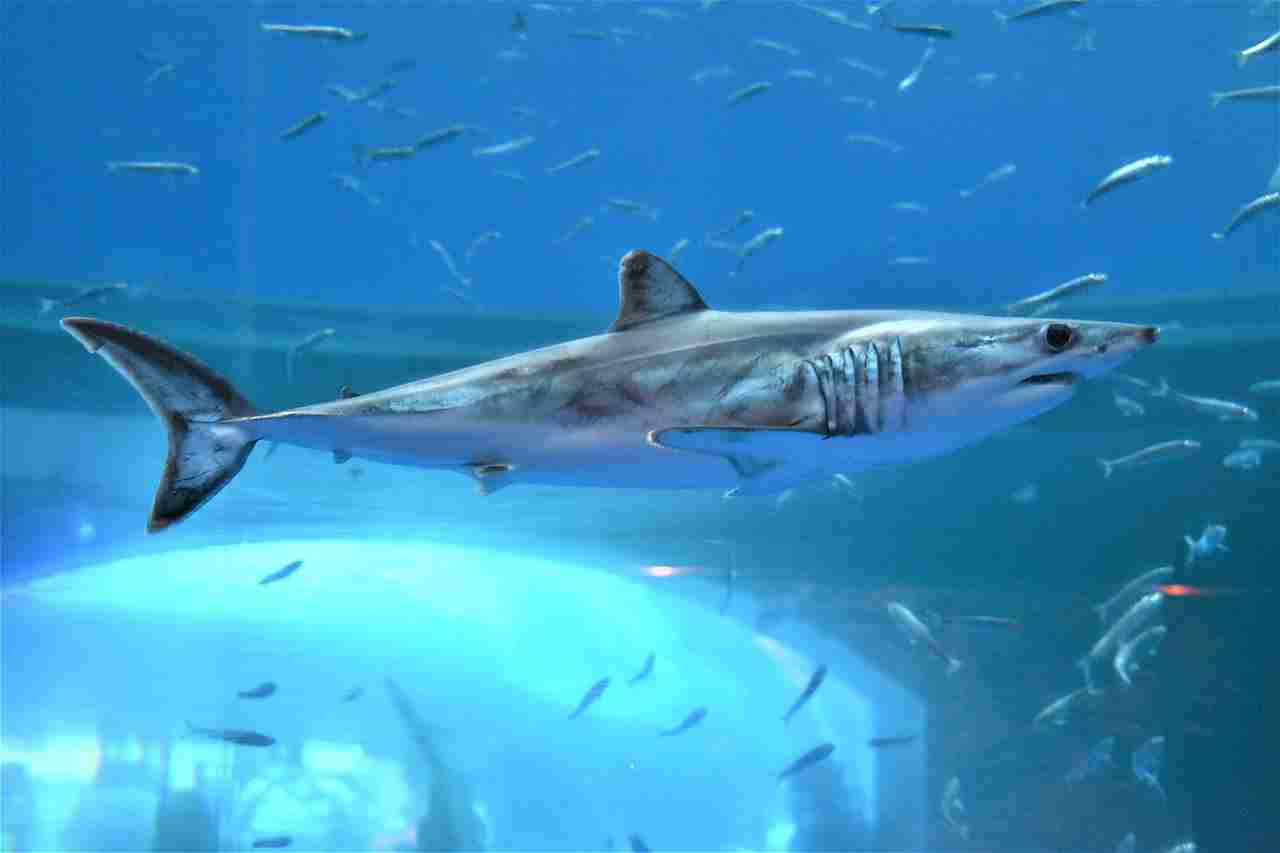
Conclusion
* In the section “Why Sharks Do Not Need to Eat Often,” we explored three main reasons why sharks do not need to eat frequently. These include their ability to go for long periods without food due to large-meal intervals, their low energy consumption rate, and the energy-conserving liver oil they possess.
* Moving on to “How Often Do Great White Sharks Eat?” we learned that great white sharks typically feed every few days or weeks, depending on the availability of prey. They have the ability to consume large meals in one feeding, which sustains them for extended periods.
* In the section “How Do Sharks Eat?” we delved into the detailed overview of how sharks eat. This process involves three main steps: grasping the prey, tearing it apart using their sharp teeth, and swallowing the smaller pieces.
* Exploring “How Much Do Sharks Eat a Day?” we discovered that the amount of food a shark consumes per day depends on various factors. These include their age or developmental stage, species, and total body weight. Younger sharks and smaller species tend to eat less compared to their larger counterparts.
* Finally, in the section “How Many Fish do Sharks Eat a Day?” we learned that sharks have a voracious appetite and can consume a significant number of fish in a single day. On average, sharks eat 6 to 9 fish per day, with the number influenced by factors such as the average weight of the fish species they primarily consume and the availability of prey.
FAQs
1). How Often Do Sharks Eat Humans?
Sharks very rarely eat humans. While there have been instances of shark attacks on humans, it is important to note that most sharks will not actively seek out humans as prey. Sharks typically avoid humans or may attack when they feel threatened. The frequency of sharks eating humans is extremely low, and these incidents are considered rare.
Sharks have a natural instinct to prey on marine animals that are part of their regular diet, such as fish, seals, and sea lions. Humans are not a natural food source for sharks, and they are more likely to mistake a human for another marine animal rather than intentionally seek them out for consumption.
2). How Often Do Sharks Need to Eat?
The feeding frequency of sharks varies with several factors. Sharks can go without eating for extended periods, ranging from once every three days to several months, depending on their species, size, and environmental conditions.
The metabolic rate of sharks plays a significant role in determining their feeding frequency. Larger sharks, such as great whites, have a slower metabolic rate and can survive longer without food compared to smaller species. Additionally, the availability of prey in their habitat also influences how often sharks need to eat.
For example, sharks that feed on large meals, such as seals or sea lions, may have longer intervals between meals compared to those that feed on smaller fish. The energy-conserving liver oil in sharks also helps them sustain themselves during periods of limited food availability.
3). Do Sharks Hunt Humans?
Sharks do not naturally or actively hunt humans. While there have been instances of shark attacks on humans, they are rare and often a case of mistaken identity. Sharks primarily feed on marine animals such as fish, seals, sea lions, and other marine mammals. Humans are not a natural part of their diet.
Sharks have sensory systems that help them detect and locate their prey. They are attracted to the movement and vibrations of marine animals in the water. In some cases, when a shark encounters a human in the water, it may mistake them for a potential prey item due to similar movements or vibrations. However, once the shark realizes that a human is not its natural prey, it usually releases the person and swims away.
It’s important to note that most shark species are not aggressive towards humans and do not actively seek them out as prey. Sharks play a crucial role in maintaining the balance of marine ecosystems and are an essential part of the ocean food chain.
4). How Long Can a Shark Go Without Eating?
Sharks have remarkable adaptations that allow them to survive for extended periods without food. The duration a shark can go without eating varies depending on several factors, including species, size, and environmental conditions.
Some shark species, such as the great white shark, can go for several weeks without feeding. They have a slow metabolic rate and can conserve energy by reducing their activity levels. Other species, like the nurse shark, can go even longer without eating, with some individuals reported to have survived for over a year without a meal.
The ability of sharks to endure extended periods without food is due to their efficient energy storage systems. Sharks have a specialized liver that contains a high concentration of oil called squalene. This oil provides a dense source of energy that can sustain them during periods of food scarcity.
Additionally, sharks have the ability to slow down their metabolic rate when food is scarce, allowing them to conserve energy and survive for longer periods without eating. This adaptation enables them to endure harsh conditions and migrate long distances in search of food.
5). What Time Are Sharks Hungry?
Sharks have varying feeding patterns, and the time they are hungry can depend on several factors. While some sharks are mostly nocturnal and prefer to hunt and feed at night, others, like the great white shark, are active during the day as well.
Nocturnal sharks, such as the tiger shark and the bull shark, are known to be more active and feed primarily during the night. They have adapted to take advantage of the cover of darkness to hunt their prey. These sharks have specialized senses, like electroreception, which helps them locate their prey in low-light conditions.
On the other hand, the great white shark is known for its diurnal feeding habits. It is active during the day and can be seen hunting and feeding in broad daylight. This behavior is influenced by the availability of prey and the specific hunting strategies employed by the great white shark.
It’s important to note that while sharks may have preferred feeding times, they are opportunistic predators and will take advantage of any food source whenever it presents itself. So, even if sharks are more active during certain times, they can still feed at any time if the opportunity arises.
6). How Often Do Sharks Eat Humans?
Sharks rarely eat humans. Despite the number of shark attacks reported each year, sharks mostly don’t eat their victims even in these cases. While shark attacks can be terrifying and tragic, it’s important to understand that they are often cases of mistaken identity or curiosity rather than intentional predation.
Sharks are opportunistic feeders and are more likely to target their natural prey, such as fish, seals, or sea lions. Humans are not a preferred food source for sharks due to our relatively low fat content and lack of blubber. Additionally, the size and behavior of humans may not align with the typical hunting patterns of sharks.
It’s crucial to note that the vast majority of shark species are not dangerous to humans. Most sharks are not interested in attacking humans and prefer to avoid interactions altogether. However, it’s always important to exercise caution and respect when entering the ocean, especially in areas known for shark activity.
7). How Often do Sharks Eat in The Ocean?
Sharks have varying feeding patterns in the ocean, with some species feeding more frequently than others. The frequency at which sharks eat can range from once every three days to once every few months, depending on factors such as species, size, and availability of prey.
For example, larger shark species like the great white shark may consume a large meal and then go several weeks without feeding again. This is because they have a slower metabolism and can efficiently conserve energy between meals. On the other hand, smaller shark species may need to eat more frequently to meet their energy requirements.
The feeding frequency of sharks is also influenced by the abundance of prey in their environment. If there is an ample supply of food, sharks may feed more frequently. Conversely, if prey is scarce, sharks may have to go longer periods without eating.
It’s important to note that the feeding habits of sharks can vary greatly depending on their specific ecological niche and the availability of food sources. Some sharks are highly migratory and may travel long distances in search of food, while others may have more localized feeding grounds.
8). Can Sharks Survive Without Meat?
Sharks are not obligate carnivores, meaning they can survive without consuming meat. While sharks primarily feed on other marine animals, their diet can vary depending on the species and availability of prey. Some sharks, like the whale shark, are filter feeders and consume plankton and small fish.
Others, like the bonnethead shark, have been found to eat seagrass in addition to small fish and crustaceans.
9). How Much Food does a Great White Shark Eat Per Year?
Great white sharks are known for their voracious appetite and impressive feeding habits. On average, a great white shark consumes around 2,500 pounds or 11 tons of food per year. However, it’s important to note that the amount of food a great white shark eats can vary depending on several factors.
One key factor is the size and age of the shark. Younger sharks may eat less compared to fully grown adults. Additionally, the availability of prey in their habitat also plays a role. If prey is abundant, a great white shark may consume more food, while in times of scarcity, their intake may decrease.
10). Do Great White Sharks Eat Everyday?
Contrary to popular belief, great white sharks do not eat every day unless prey is abundant. Their feeding habits are influenced by the availability of food in their environment. Great white sharks are opportunistic predators, meaning they will consume prey whenever it is readily available.
However, due to the scarcity of large prey items, such as seals or sea lions, in some areas, great white sharks may go for extended periods without feeding. This is especially true for adult sharks, as they have a slower metabolism and can survive longer without food compared to younger sharks. Therefore, the frequency of their meals depends on the abundance of prey in their habitat.
11). What Do Great White Sharks Eat?
Great white sharks have a diverse diet that includes a variety of marine creatures. They are apex predators and are known to consume fish, crustaceans, pinnipeds, cetaceans, and even birds if they can catch them.
Fish make up a significant portion of their diet, with species like tuna, mackerel, and herring being common prey. Great white sharks are also known to feed on bottom-dwelling creatures like rays and skates.
Crustaceans, such as lobsters and crabs, are another food source for great white sharks. These creatures provide a source of protein and nutrients for the sharks.
Pinnipeds, which include seals and sea lions, are a favorite prey item for great white sharks. They are often found in coastal areas where the sharks can easily ambush them.
Cetaceans, such as dolphins and porpoises, are occasionally targeted by great white sharks. These larger marine mammals provide a substantial amount of food for the sharks.
In some cases, great white sharks have been observed catching and consuming birds that are resting on the water’s surface. This behavior is less common but highlights the opportunistic nature of these predators.
12). How Do Sharks Get Food and Water?
Sharks obtain their food through hunting. They are skilled predators that rely on their keen senses, such as smell and electroreception, to locate potential prey. Once they detect a suitable target, sharks use their powerful bodies and sharp teeth to capture and consume their food.
When it comes to water, sharks do not drink it in the same way humans do. Instead, they obtain water through the food they consume. Marine creatures, such as fish and other prey items, contain a significant amount of water. As sharks consume their prey, they also ingest the water content, which helps to keep them hydrated.
Sharks have evolved to be efficient hunters and have adapted to their marine environment. Their ability to obtain both food and water through their hunting behavior ensures their survival in the ocean.
By utilizing their specialized hunting techniques and relying on the water content of their prey, sharks are able to meet their nutritional and hydration needs in their aquatic habitat.
13). Do Sharks Chew Their Food?
Sharks do not chew their food in the same way that humans do. Instead, they have a unique feeding mechanism that allows them to tear their prey into large, swallow-able chunks. When a shark captures its prey, it uses its powerful jaws and sharp teeth to grasp and tear the flesh. This tearing action helps to break down the prey into manageable pieces that can be easily swallowed.
The absence of chewing is due to the structure of a shark’s teeth. Their teeth are designed for gripping and tearing rather than grinding. Additionally, sharks have a streamlined feeding process that prioritizes efficiency and speed. By tearing their food into chunks, sharks can quickly consume their prey and maximize their energy intake.
14). Do Sharks Eat All the Time?
Sharks do not eat all the time. Their feeding habits are characterized by intervals of hours, days, weeks, or even months. Unlike humans who eat multiple times a day, sharks have a different approach to feeding.
Sharks are apex predators and have evolved to be highly efficient hunters. They have the ability to consume large meals in one feeding session, which sustains them for extended periods. This feeding strategy allows them to conserve energy and maximize their hunting efficiency.
The frequency of shark feeding depends on various factors such as the availability of prey, metabolic rate, and energy requirements. Some species of sharks, like the great white shark, can go weeks or even months without eating after a substantial meal. This ability to go for extended periods without food is essential for their survival in environments where prey may be scarce.
It’s important to note that while sharks may not eat all the time, they are opportunistic feeders. When prey is available, they will take advantage of the opportunity to feed and replenish their energy reserves. However, they do not have a constant need for food like humans do.
